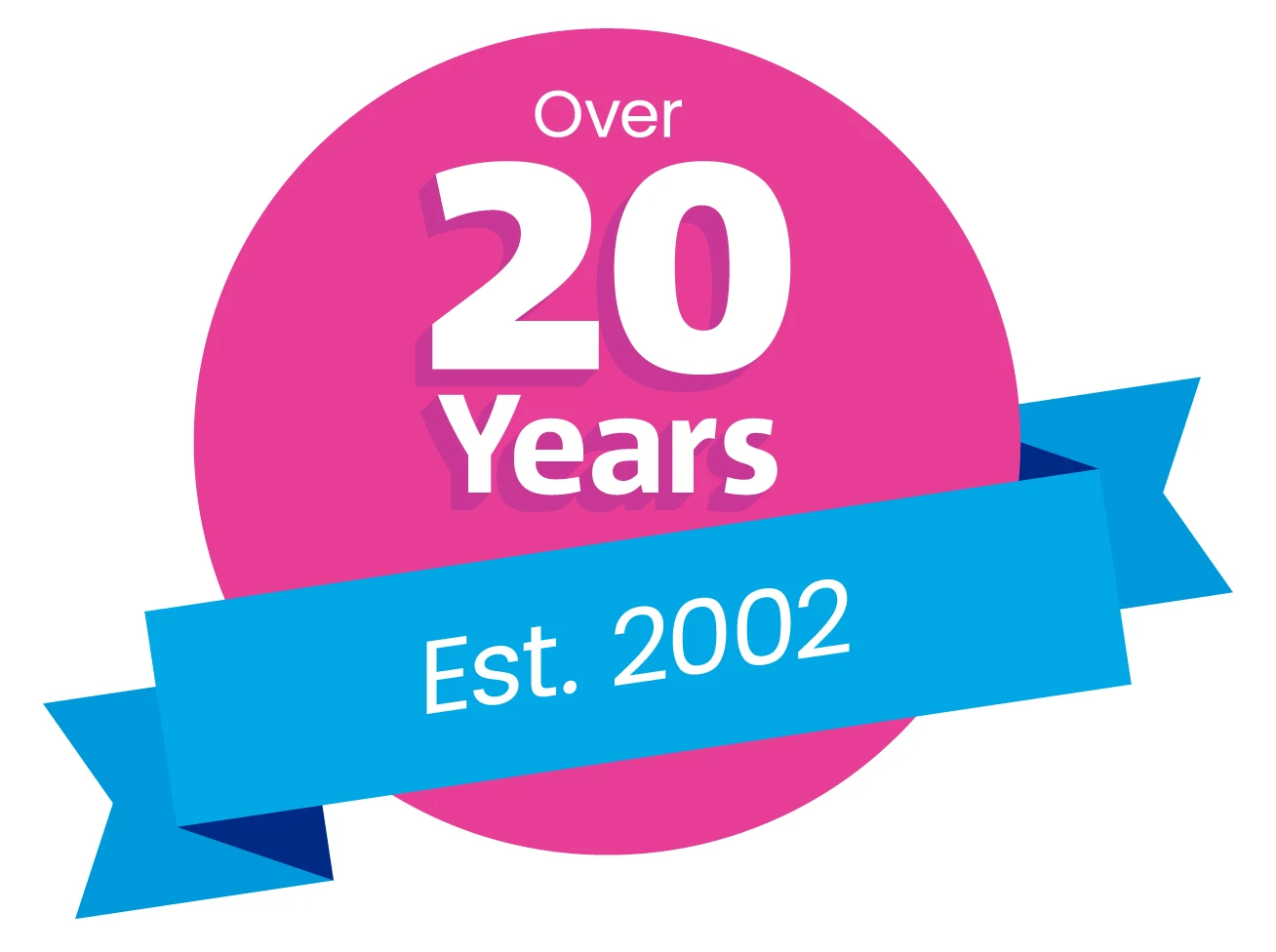A – Z Coaching and Mentoring – This week’s extract from Clare Smale’s book highlights the ‘Intruding’.
Don’t forget if you have a special request for a definition of a coaching term or principle, just let us know! Perfect for anyone studying for an ILM Coaching & Mentoring qualification, or as a refresher for experienced coaches.
Ii/Jj/Kk
Intruding is used when the coach wishes to interrupt a client’s thinking or talking. Breaking rapport without being rude is the biggest skill of intruding. A coach would most probably need to do this when a client is spending a lot of time telling their stories or going through endless unnecessary details.
Intrusion is especially useful if the client is a serial moaner or blamer (everyone’s fault except their own) as the coach might need to cut right across them in full flow, knowing they’re not going to pause for breath for quite some time! One way of avoiding intruding, is to specifically frame how much time is available for setting the scene, describing problems or updating progress. This will help the coach to feel less rude when they point out that ten minutes has passed and therefore it’s time to stop just there and move on to another phase, such as examining options and ways forward.
The contracting process could include a verbal (or written) discussion about intruding, so that process is depersonalised and the possible reasons for needing to interrupt are explained. Coaching isn’t a social chat or an opportunity to offload, although there is a place for this in the coaching relationship (e.g. to build rapport) when managed appropriately. Some clients are brilliant at employing diversion tactics and wriggling out of facing up to things. Being over-polite and over-listening can slow the pace and depth of change. Smile before interrupting and apologise again afterwards, as this will maintain politeness and trust.
Verbal intrusions:
- I am just going to interrupt you here, is that OK?
- Excuse me a second, do you realise that…?
- May I interrupt?
- What does that mean for you?
- What have you learnt from that?
- I don’t mean to interrupt, but there’s something I’d really like to know…
- Sorry, I’ve just noticed that the ten minutes we agreed for updates has finished, so shall we move on as we don’t want to run out of time for the next part, do we?
- Let me stop you there a moment, I can tell that all is really important you. If you were to focus on moving just one thing forward for the rest of this coaching session, what will make the biggest difference?
- I think I have got side-tracked here, can you explain how this relates back to…
- Yes, and…
- Yes, although…
Non-verbal intrusions:
- Raise a hand
- Touch the client gently (if appropriate of course)
- Break eye contact and look at your watch
Taken from the A-Z Coaching Handbook by Clare Smale where you will find a comprehensive A-Z, plus a full list of references.





